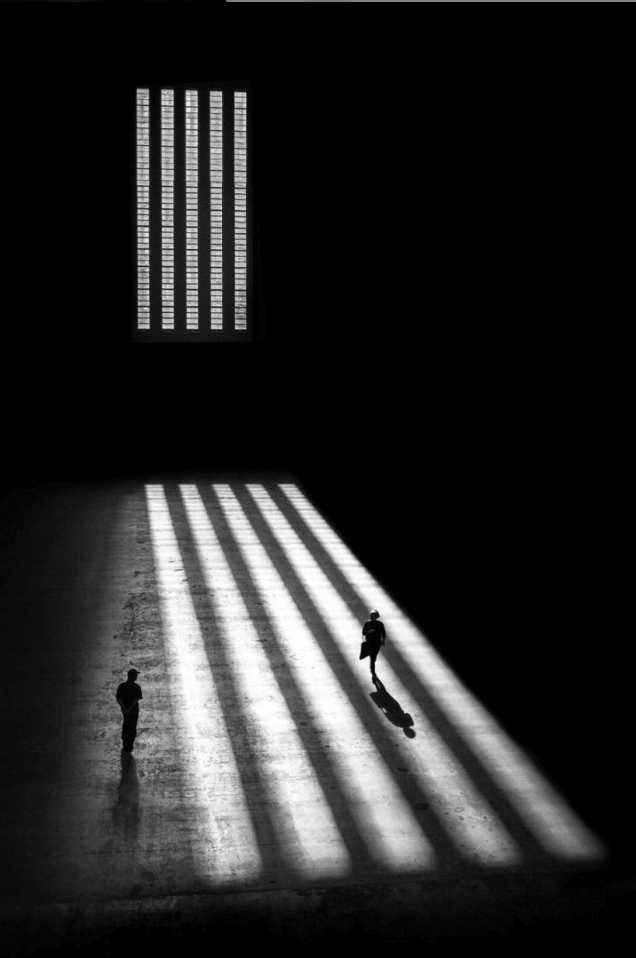Featured
- Get link
- X
- Other Apps
The art of black and white photography
Black and white photography is a classic art form that has been around since the early days of photography. Although color photography has become more popular in recent years, black and white photography still holds a special place in the hearts of many photographers and art lovers.
In this blog,
we will explore the art of black and white photography and how to create
stunning images that evoke emotion and mood.
Composition
Composition is crucial in black and white photography. Unlike color photography, where the colors themselves can create interest in an image, black and white photography relies on other elements such as contrast, texture, and shape. When composing a black and white image, it’s important to pay attention to the relationship between light and shadow, and how they can create a sense of depth and dimensionality. Also, consider the placement of objects in the frame, and how they can create visual interest and balance in the image.
Lighting
Lighting is another crucial element in black and white photography.
As mentioned earlier, the interplay between light and shadow can create a sense
of drama and atmosphere in a black and white image. When shooting in black and
white, pay attention to the direction and quality of the light, and how it
affects the tone and contrast of the image. Try shooting in different lighting
conditions, such as soft, diffused light or harsh, directional light, to see
how they affect the mood of the image.
Tonal Range
Post-Processing
- Get link
- X
- Other Apps



Comments
Post a Comment